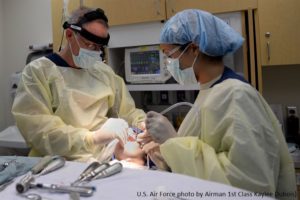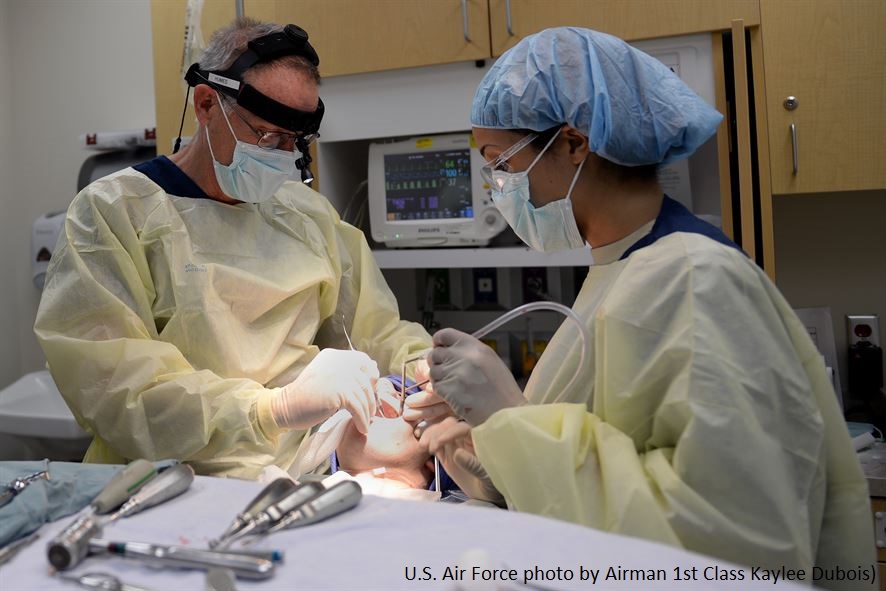A recent conversation inspired me to start the series: “In case you were wondering.” This is the first post in the series.
We were discussing how people can exhibit different sensitivities to medicines, either the desired effect or side effects. The example that my relative used was the difference in children’s responses to local anesthetics, which are typically injected locally to numb an area to put in stitches or clean a wound.

Many of these local anesthetic preparations include both the anesthetic drug and epinephrine. Although epinephrine will constrict the blood vessels and that is why it is included in the local anesthetic preparation, the intended consequence is not to decrease bleeding, as she had thought. The reason for including epinephrine to constrict the blood vessels is to prevent the blood from taking the anesthetic drug away from where it is needed. Thus, including epinephrine makes these very short-acting drugs have a long enough duration to last through getting a tooth filled or pulled or having a wound stitched. Additionally, local anesthetics are “fat soluble,” so they will be more effective in a part of the body that has some fat and can provide a source of the drug as it dissolves away from the wounded area.

As someone who underwent wisdom tooth extraction with only the local anesthetic without the epinephrine, I can attest that the procedure required multiple injections and I never had the amount of numbness that I have had when the dentist included epinephrine with the local anesthetic.
Cite as: N. R. Gough, Why put epinephrine in local anesthetics? BioSerendipity (20 July 2017) https://www.bioserendipity.com/2017/07/20/why-put-epinephrine-in-local-anesthetics/.

